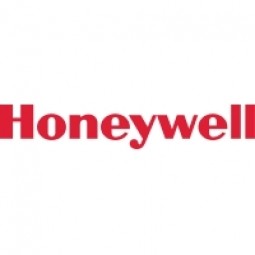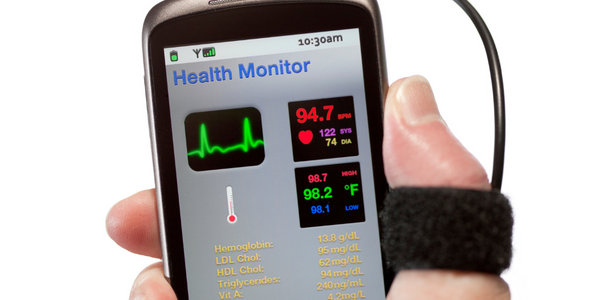公司规模
Large Corporate
产品
- Honeywell Two-Way Cellular-Connected Handheld Blood Glucose Meter
技术栈
- Machine-to-Machine (M2M) Communication
- Cellular Connectivity
实施规模
- Enterprise-wide Deployment
影响指标
- Revenue Growth
- Customer Satisfaction
- Digital Expertise
技术
- 网络与连接 - 蜂窝
- 分析与建模 - 机器学习
适用行业
- 医疗保健和医院
用例
- 远程病人监护
- 机器状态监测
服务
- 系统集成
关于客户
The customer is a global healthcare device manufacturer specializing in helping people manage chronic conditions, particularly diabetes. They produce devices that transmit glucose levels and other pertinent information in real time to a network of providers. The company has a significant presence in the healthcare market and aims to expand its product offerings and services. With a focus on innovation and customer satisfaction, the company is dedicated to improving the quality of life for individuals with chronic conditions through advanced medical devices.
挑战
The global healthcare device manufacturer faced the challenge of quickly filling thousands of pre-release orders for a newly approved glucose monitoring device. Additionally, they needed to prepare for the successful deployment of future healthcare devices by establishing a partnership with an experienced managed mobility services provider. The company was experiencing overwhelming success and needed to ensure that they could meet the high customer demand for their new diabetes monitoring device.
解决方案
To address the overwhelming success and high demand for their new diabetes monitoring device, the company engaged Honeywell to deploy a two-way, cellular-connected handheld blood glucose meter. This device falls into the growing category of machine-to-machine (M2M) products, which are networked devices that communicate without human intervention, often as part of remote monitoring. Honeywell, with its extensive experience in M2M, leveraged its wide-ranging product expertise to deploy 100,000 devices. This partnership allowed the healthcare device manufacturer to quickly and efficiently meet the pre-release and new orders for their glucose monitoring device.
运营影响
数量效益

Case Study missing?
Start adding your own!
Register with your work email and create a new case study profile for your business.
相关案例.
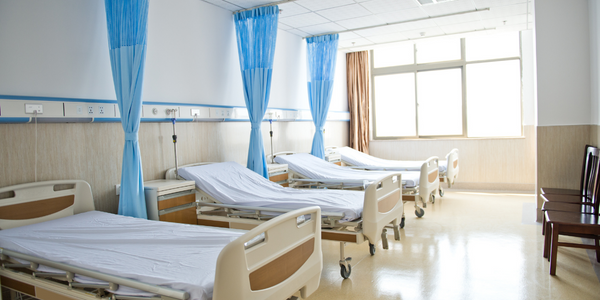
Case Study
Hospital Inventory Management
The hospital supply chain team is responsible for ensuring that the right medical supplies are readily available to clinicians when and where needed, and to do so in the most efficient manner possible. However, many of the systems and processes in use at the cancer center for supply chain management were not best suited to support these goals. Barcoding technology, a commonly used method for inventory management of medical supplies, is labor intensive, time consuming, does not provide real-time visibility into inventory levels and can be prone to error. Consequently, the lack of accurate and real-time visibility into inventory levels across multiple supply rooms in multiple hospital facilities creates additional inefficiency in the system causing over-ordering, hoarding, and wasted supplies. Other sources of waste and cost were also identified as candidates for improvement. Existing systems and processes did not provide adequate security for high-cost inventory within the hospital, which was another driver of cost. A lack of visibility into expiration dates for supplies resulted in supplies being wasted due to past expiry dates. Storage of supplies was also a key consideration given the location of the cancer center’s facilities in a dense urban setting, where space is always at a premium. In order to address the challenges outlined above, the hospital sought a solution that would provide real-time inventory information with high levels of accuracy, reduce the level of manual effort required and enable data driven decision making to ensure that the right supplies were readily available to clinicians in the right location at the right time.

Case Study
Gas Pipeline Monitoring System for Hospitals
This system integrator focuses on providing centralized gas pipeline monitoring systems for hospitals. The service they provide makes it possible for hospitals to reduce both maintenance and labor costs. Since hospitals may not have an existing network suitable for this type of system, GPRS communication provides an easy and ready-to-use solution for remote, distributed monitoring systems System Requirements - GPRS communication - Seamless connection with SCADA software - Simple, front-end control capability - Expandable I/O channels - Combine AI, DI, and DO channels
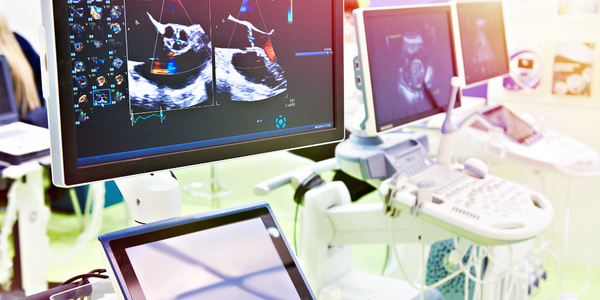
Case Study
Driving Digital Transformations for Vitro Diagnostic Medical Devices
Diagnostic devices play a vital role in helping to improve healthcare delivery. In fact, an estimated 60 percent of the world’s medical decisions are made with support from in vitrodiagnostics (IVD) solutions, such as those provided by Roche Diagnostics, an industry leader. As the demand for medical diagnostic services grows rapidly in hospitals and clinics across China, so does the market for IVD solutions. In addition, the typically high cost of these diagnostic devices means that comprehensive post-sales services are needed. Wanteed to improve three portions of thr IVD:1. Remotely monitor and manage IVD devices as fixed assets.2. Optimizing device availability with predictive maintenance.3. Recommending the best IVD solution for a customer’s needs.
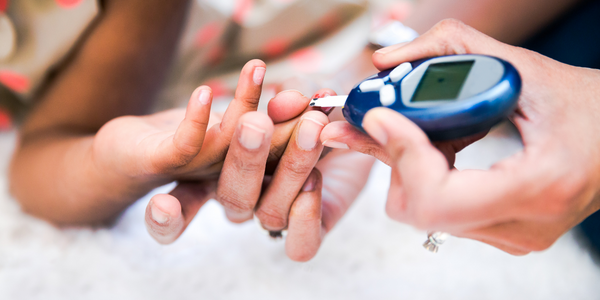
Case Study
HaemoCloud Global Blood Management System
1) Deliver a connected digital product system to protect and increase the differentiated value of Haemonetics blood and plasma solutions. 2) Improve patient outcomes by increasing the efficiency of blood supply flows. 3) Navigate and satisfy a complex web of global regulatory compliance requirements. 4) Reduce costly and labor-intensive maintenance procedures.

Case Study
Harnessing real-time data to give a holistic picture of patient health
Every day, vast quantities of data are collected about patients as they pass through health service organizations—from operational data such as treatment history and medications to physiological data captured by medical devices. The insights hidden within this treasure trove of data can be used to support more personalized treatments, more accurate diagnosis and more advanced preparative care. But since the information is generated faster than most organizations can consume it, unlocking the power of this big data can be a struggle. This type of predictive approach not only improves patient care—it also helps to reduce costs, because in the healthcare industry, prevention is almost always more cost-effective than treatment. However, collecting, analyzing and presenting these data-streams in a way that clinicians can easily understand can pose a significant technical challenge.

